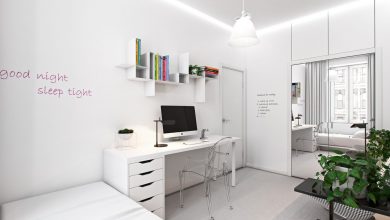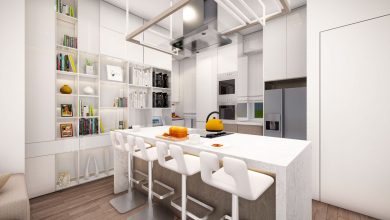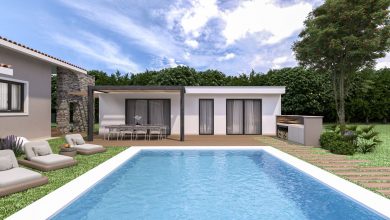A journey through the 5 iconic works of the master of architecture, Le Corbusier.
Table of Contents
On 27 August 1965, Le Corbusier died on the French Riviera. Our online editorial team has chosen to remember the memory of the great architect with a short list of five of his iconic works.
The great architect Charles-Edouard Jeanneret, aka Le Corbusier, was born on 6 October 1887 in La Chaux-de-Fonds in Switzerland, where he studied at the art school, orienting himself towards the study of architecture. His true homeland is however considered to be France, his main theater of all critical and planning activities.
At eighteen he built his first home. From 1906 to 1914 he traveled to numerous European countries, staying above all in Vienna, where he came into contact with the circles of the Viennese Secession, and in Berlin where, in the studio of Peter Beherens, he met Gropius and Mies Van der Rohe. Around 1920 he really began to work as an architect and during his apprenticeship he worked in Berlin and then in Paris, where he deepened his interest in modern painting. He died on August 27, 1965 in Roquebrune, on the French Riviera
Five architectural works designed by Le Corbusier and selected by our online editorial team!
Villa Savoye, is perhaps the most famous of Le Corbusier’s work. Built between 1929 and 1931, when the Swiss architect was beginning to make himself known on the European scene, it enucleated all the rules of the modern movement within it. The building was commissioned by Pierre Savoye and is considered the greatest example of architectural cubism.

L’Unité d’Habitation in Marseille. In France reborn after the Nazi occupation, Le Corbusier found numerous job opportunities, being able to better develop his ideas. The greatest example of these revolutionary ideas can be admired today in Marseille. The Unité d’Habitation de Marseille is a project of “truly livable houses for the proletariat and the urban middle class”. Built between 1947 and 1952, they are based on an infinite replica of the same housing module, for apartments of 2, 3, 4 or 5 people. But also houses connected to each other not so much by corridors, but more by roads, on the sides of which there were shops and meeting places.
The Unité d’Habitation of Marseille, also called Cité Radieuse, is the prototype that inspired other designs by Le Corbusier who, after completing his first vertical city, was called upon to build “popular” residential complexes also in Rezé , in Briey, Firminy and West Berlin.

The bold Chapel of Notre-Dame du Haut, on the border with his native Switzerland, is one of Le Corbusier’s most famous buildings. With this design, the Swiss architect demonstrated to the world how his theoretical dictates were not limited to just the field of civil construction. The chapel is located near Belfort and was designed in 1950 but built between 1954 and 1955. However, the awaited consecration came only in 2005.

The fourth “building” that we have chosen to include in this short list is part of a project that has always fascinated us. An immense urban planning on which (we must be honest) we spent hours and hours in contemplation. The Assembly Building in Chandigarh, India.
With this work Le Corbusier proved to everyone (even to the many detractors) that he is not just an architect. The project of the ideal city of Chandigarh was born in 1951, when the Indian prime minister, Jawaharlal Nehru asked Le Corbusier to design a new city in the north of the country. The metropolis would be called Chandigarh and would become the capital of two northern regions. Le Corbusier practically had a free hand in drawing it and the result is objectively “breathtaking”.

The church of Saint Pierre in Firminy Verte represents the fourth building that Le Corbusier had imagined for the Municipality of Firminy Verte, the district of Saint Etienne which today houses the house of culture, a stadium and a residential building for a total of 414 apartments. The Saint Pierre church project was completed in 1960, but the architect will never see it built. The first stone was in fact laid in 1970, five years after his death.






